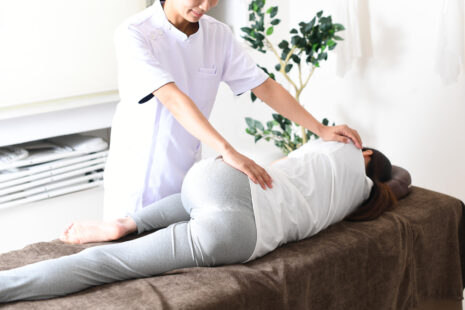In Jiu-jitsu, a martial art that involves grappling and ground fighting techniques, practitioners may be susceptible to various neck injuries due to the physical nature of the sport.
Common neck injuries encountered in Jiu-jitsu include…
- Cervical Strain or Sprain – These injuries involve overstretching or tearing of the muscles, ligaments, or tendons in the neck region. They can occur due to sudden movements, impacts, or prolonged stress on the neck during grappling exchanges.
- Cervical Disc Herniation – Intervertebral discs in the cervical spine can herniate or bulge outward, putting pressure on nearby nerves and causing neck pain, stiffness, and potentially radiating symptoms into the arms.
- Whiplash – Whiplash occurs when the neck is suddenly jerked backward and then forward, often due to forceful takedowns or throws. This can result in soft tissue injuries, muscle strains, and ligament sprains in the neck.
- Neck Cranks – Neck cranks involve applying torque or pressure to the opponent’s neck, typically through twisting or bending movements. Improper execution or excessive force can lead to strains, sprains, or more severe injuries to the cervical spine and surrounding structures.
- Cervical Fractures or Dislocations – Although less common, severe trauma or improper technique can cause fractures or dislocations of the cervical vertebrae, posing a significant risk of spinal cord injury and neurological complications.
- Nerve Compression Syndromes – Prolonged compression or irritation of nerves in the neck region, such as the brachial plexus or cervical nerves, can result in symptoms like pain, tingling, numbness, or weakness radiating into the arms or hands.
- Muscle Imbalance and Tension – Repetitive movements and asymmetrical strain during Jiu-jitsu training can lead to muscle imbalances and increased tension in the neck and shoulder muscles, contributing to discomfort and susceptibility to injury.
Prevention strategies for reducing the risk of neck injuries in Jiu-jitsu include…
- Maintaining proper technique and body mechanics during grappling techniques and submissions.
- Strengthening the neck muscles through targeted exercises to improve stability and resistance to injury.
- Practicing controlled and gradual progression in training intensity and difficulty.
- Using protective gear such as mouthguards and appropriately fitted headgear when applicable.
- Incorporating regular stretching and mobility exercises to maintain flexibility and reduce muscle tension in the neck and upper body.
If a neck injury occurs during Jiu-jitsu training, it’s essential to seek prompt medical evaluation and follow appropriate treatment recommendations to prevent complications and facilitate recovery. Practitioners should communicate any discomfort or limitations to their coaches or training partners to avoid exacerbating the injury.



